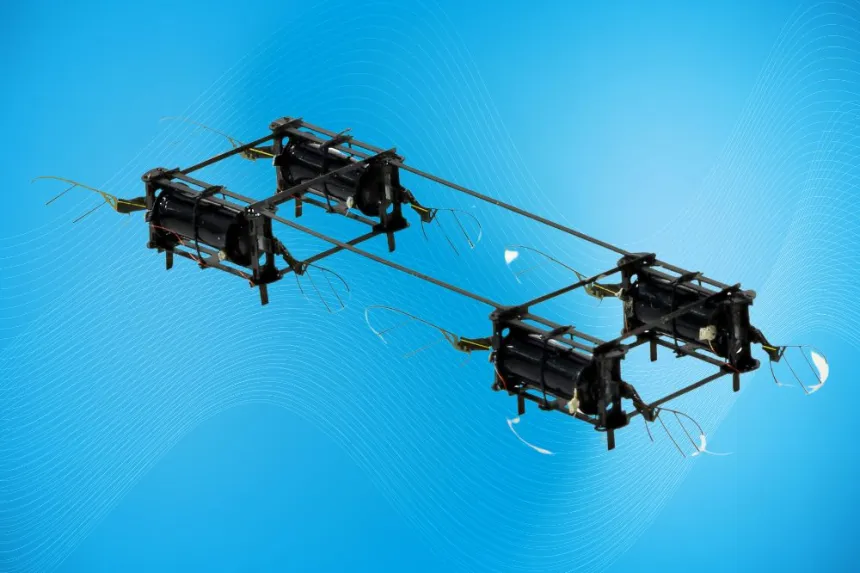Insect-inspired flying minirobot transforms drone engineering.


A new technological advance is making waves in the field of drones, where a flying minirobot inspired by insects is setting a milestone in engineering. This innovative device, which aims to mimic the biomechanics of insects, promises to revolutionize the way we use these unmanned aerial vehicles, both for commercial applications and for more complex research.
A Revolutionary Design
Scientists have drawn inspiration from insect flight to develop a flying minirobot that challenges the limitations of conventional drones. This small device, weighing just three grams, has been designed with flexible wings that can adapt to different flying conditions. Unlike traditional drones, which often have a rigid design, this minirobot uses the flexibility and agility of insects to move efficiently in complex environments.
Stanford University is one of the institutions that has collaborated in developing this technology, along with other research centers. It is estimated that studying insect behavior can provide new solutions for more efficient flight, particularly in confined spaces and adverse conditions.
Cutting-Edge Technology
The design of this minirobot incorporates advanced materials that allow for greater strength and durability. A propulsion system that emulates the movements of insect wings has been utilized, enabling the device to perform complex maneuvers with ease. This opens the possibility for drones to be used not only for aerial photography or product delivery but also in applications like infrastructure inspection, environmental monitoring, and search and rescue operations.
This advancement is not limited to improving mobility; it also extends to the autonomy of the minirobot. Equipped with state-of-the-art sensors and processors, it can navigate independently across various types of terrain, making it ideal for missions where human intervention is limited or dangerous.
Applications in the Near Future
The potential applications for this flying minirobot are vast. From agriculture, where it could be used for pollination or crop monitoring, to exploration in hard-to-reach areas. Additionally, its use in emergency situations, such as natural disasters, is anticipated, as it could send information about ground conditions or assist in rescues.
Experts in robotics and engineering are already starting to consider the implications of this technology, both in the private and public sectors. The integration of miniaturized drones into our daily lives could change the way we perform various tasks, increasing efficiency and reducing costs.
Conclusion
The development of this insect-inspired flying minirobot marks the beginning of a new era in drone engineering. Finding inspiration in nature is not only fascinating but also opens up a range of possibilities for technological innovation. The future of drones seems to be in the hands of these ingenious flying devices, which promise to make our lives easier and safer.
If you want to learn more about technological advancements and how they are changing the world, I invite you to keep reading on my blog.
Article information
Key tips
Take your time to understand each concept before moving on to the next one.
Practice the examples in your own development environment for better understanding.
Don't hesitate to review the additional resources mentioned in the article.



















